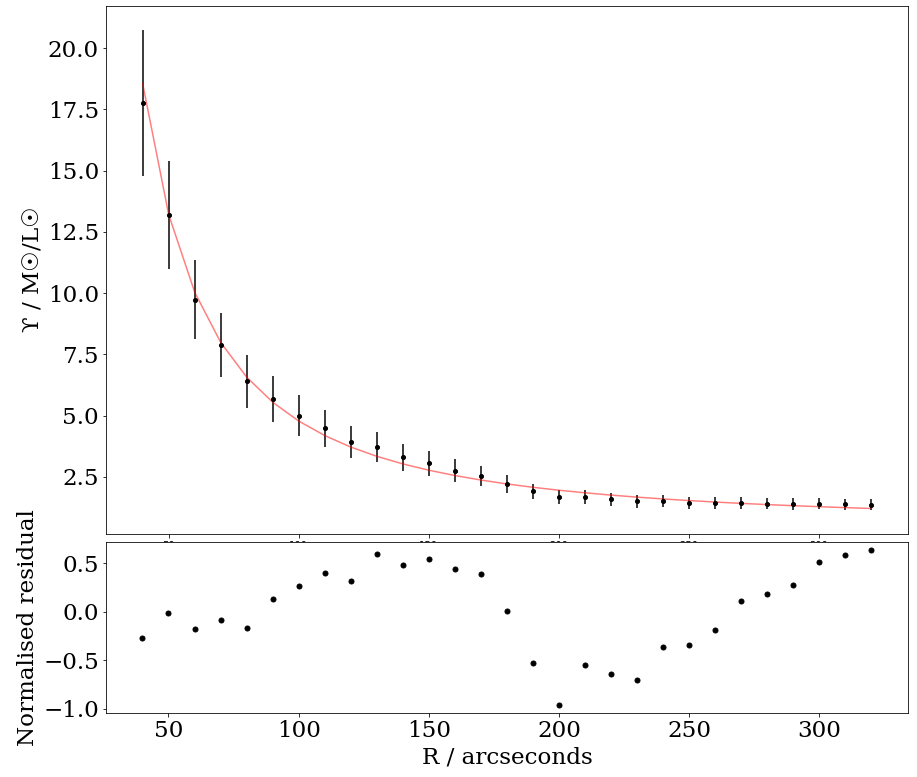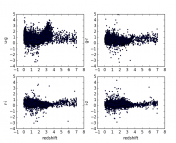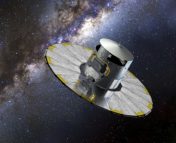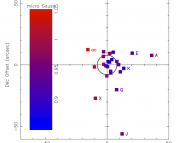
The undergrad research series is where we feature the research that you’re doing. If you’ve missed the previous instalments, you can find them under the “Undergraduate Research” category here.
Are you doing an REU this summer? Were you working on an astro research project during this past school year? If you, too, have been working on a project that you want to share, we want to hear from you! Think you’re up to the challenge of describing your research carefully and clearly to a broad audience, in only one paragraph? Then send us a summary of it!
You can share what you’re doing by clicking here and using the form provided to submit a brief (fewer than 200 words) write-up of your work. The target audience is one familiar with astrophysics but not necessarily your specific subfield, so write clearly and try to avoid jargon. Feel free to also include either a visual regarding your research or else a photo of yourself.
We look forward to hearing from you!
************
Leah Bigwood
University of Durham
Leah Bigwood is an undergraduate Physics student at Durham University. The research took place as part of the Research-Led Investigation carried out by second year students, supervised by Professor Mark Swinbank.
In this study we measured the V-band mass-to-light ratio, ϒ, defined as dynamical mass divided by V-band luminosity, in the irregular starburst galaxy M82. ϒ is typically quoted in terms of the solar units M☉/L☉. The choice of units is based on the assumption that if all of the stars in the galaxy are sun-like, a value of ϒ that is greater than one alludes to the presence of non-luminous matter: dark matter. A calculation of ϒ can therefore quantify the amount of dark matter in a galaxy, as well as the spatial distribution of it if ϒ is measured at various galactic radii.
The dynamical mass of the galaxy within a given radii was calculated using the rotation curve of Sofue (1998). Furthermore, using a method of CCD photometry with observations from the AstroLab telescopes at Durham University, we determined the count rate detected from M82 and used the distance measurement from Karachentsev (2006) to calculate the variation in V-band luminosity with radius.

ϒ was calculated to be 2.2 ± 0.4 M☉/L☉, and the variation in ϒ was plotted with radius (Fig. 1). Initially we believed that the high value of ϒ was caused by dark matter present in M82. In this case however, it is ruled out as a factor due to the rotation curve of M82 being Keplerian, which strongly indicates an absence of dark matter. We therefore theorised that the large value of ϒ was caused by dust extinction in the interstellar medium of M82. This causes reddening, where dust absorbs and scatters radiation at shorter wavelengths more than it does at longer wavelengths, leading to a decreased V-band luminosity, and consequently the large measured ϒ value. This is verified by Fig. 2, where M82 is visibly ‘redder’ at the galactic centre (indicating the radiation is of longer wavelength), where there is more dust in the interstellar medium. This would lead to ϒ being higher at the centre of the galaxy, which is confirmed in Fig. 1.

If you are an undergraduate that would like to share your research on Astrobites, please contact us at [email protected]!




